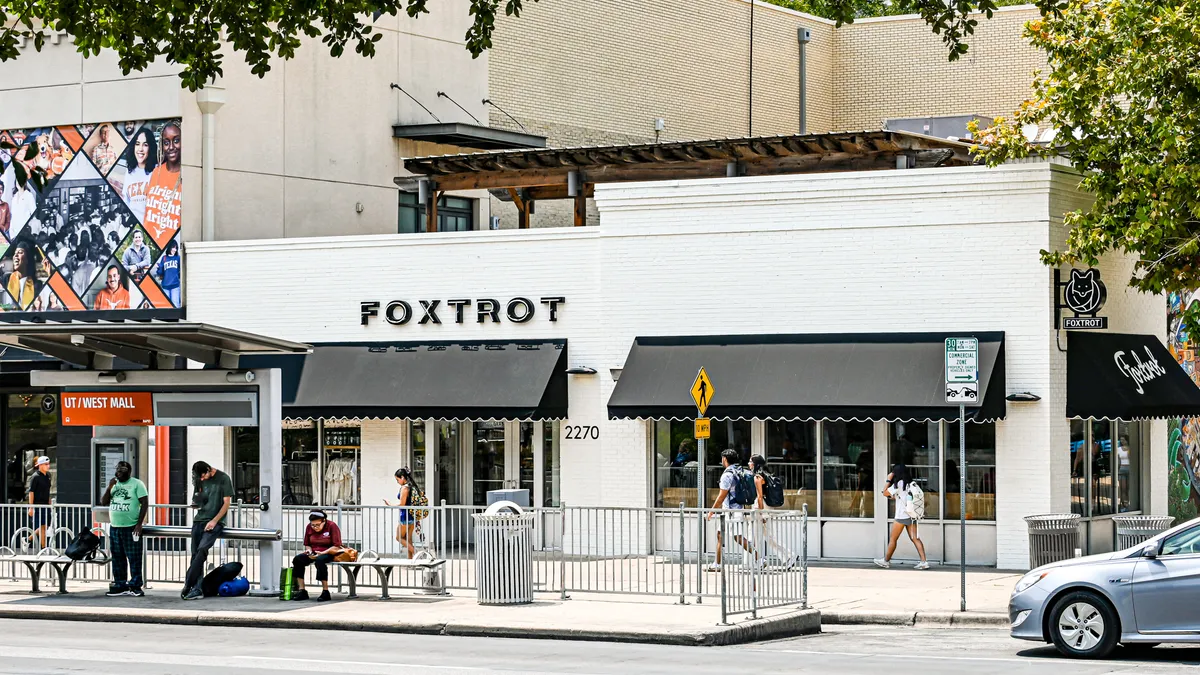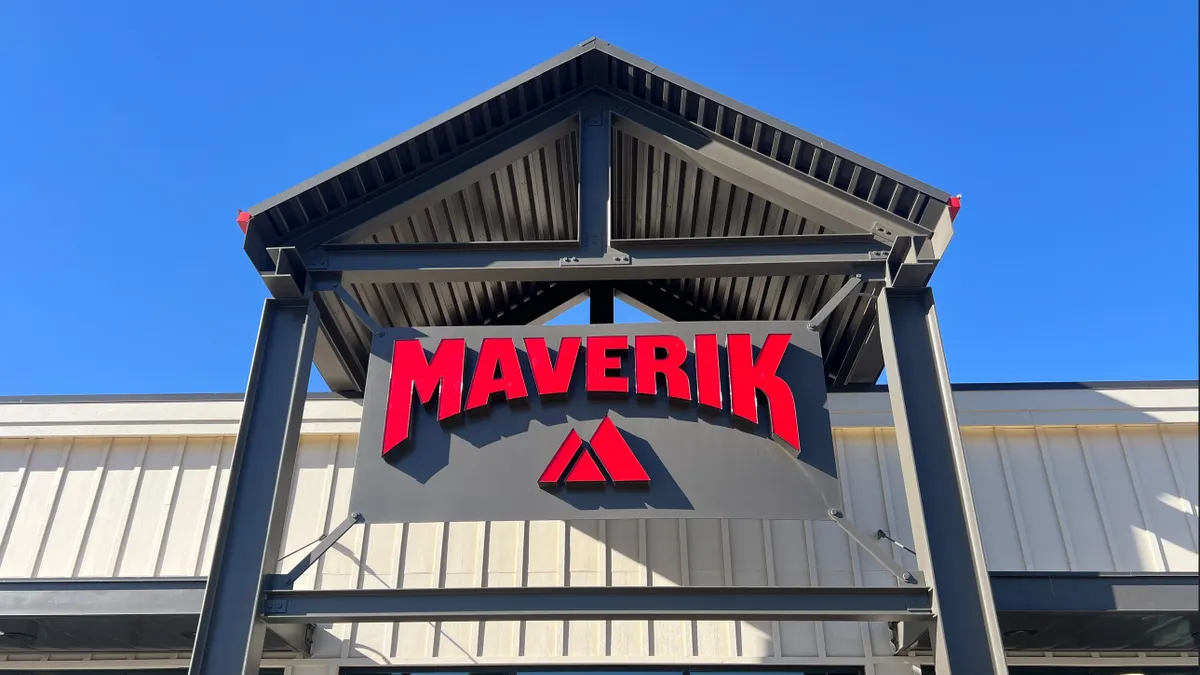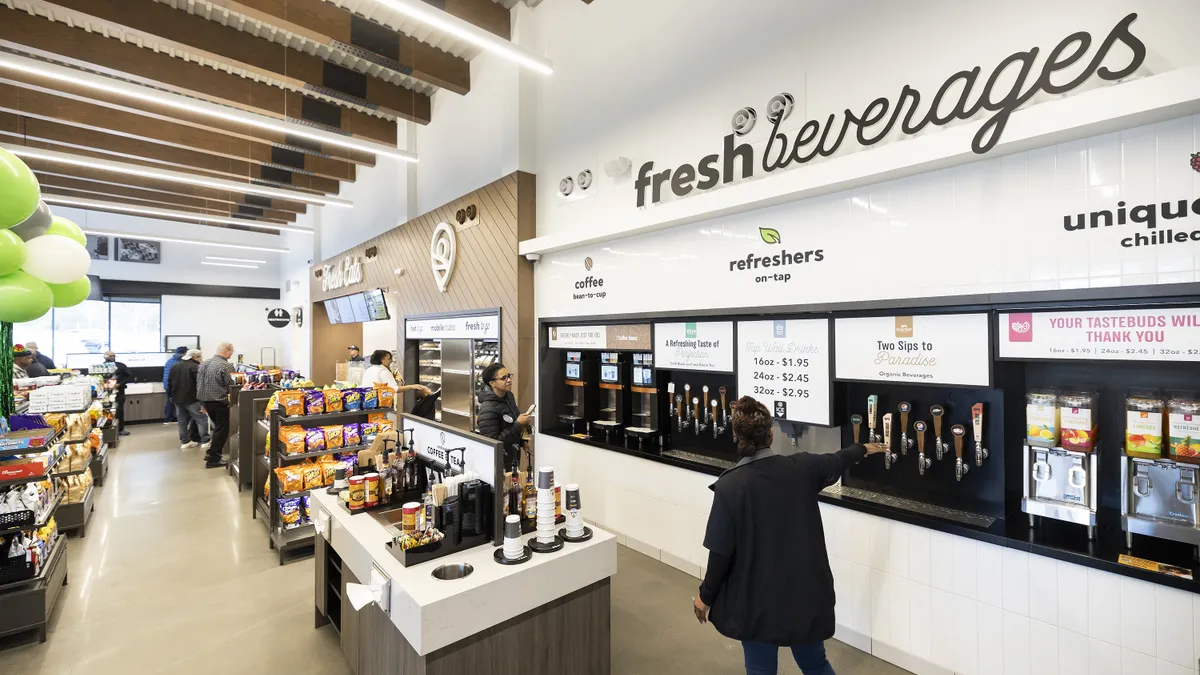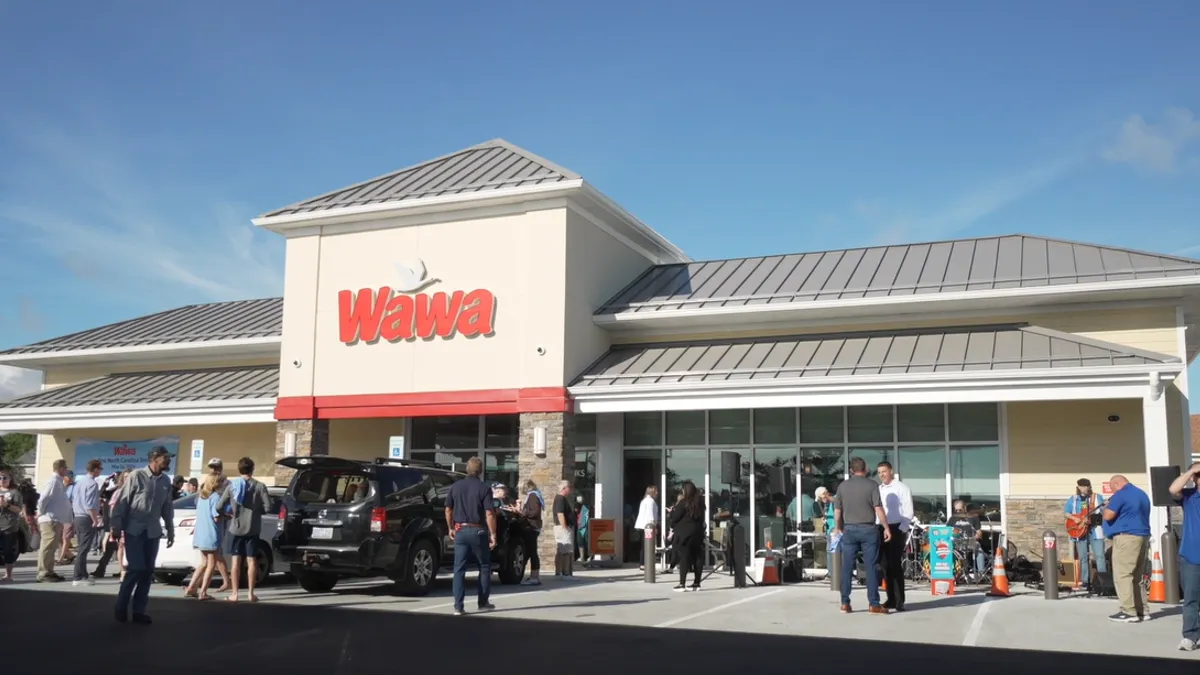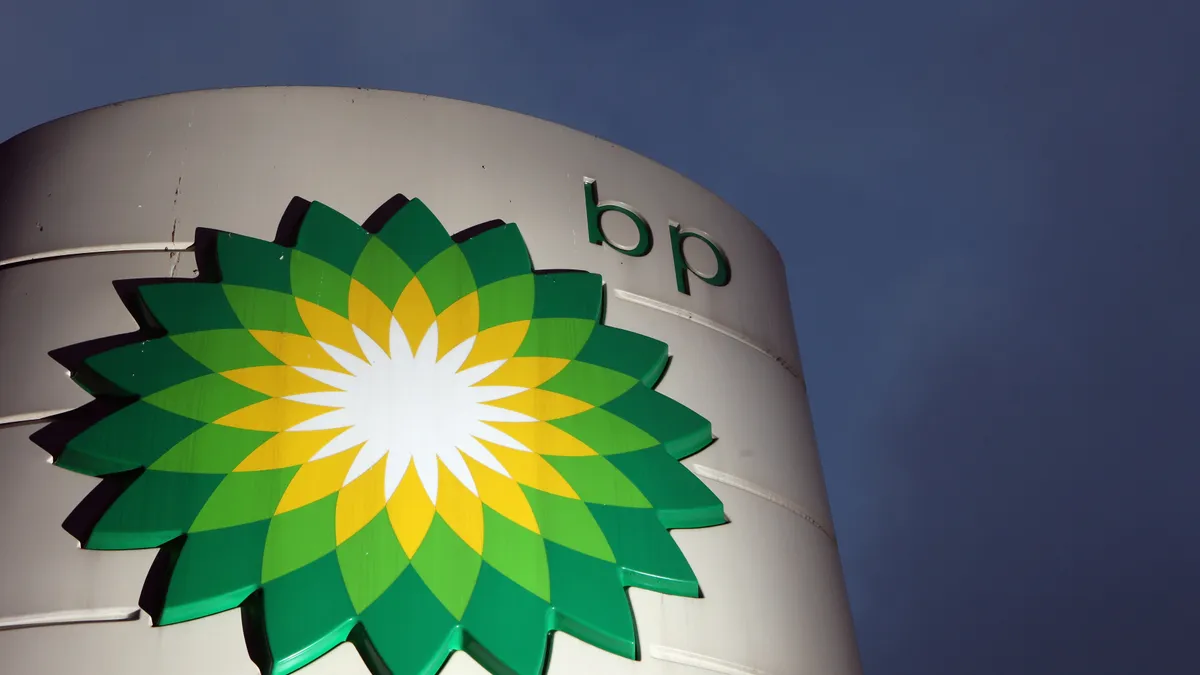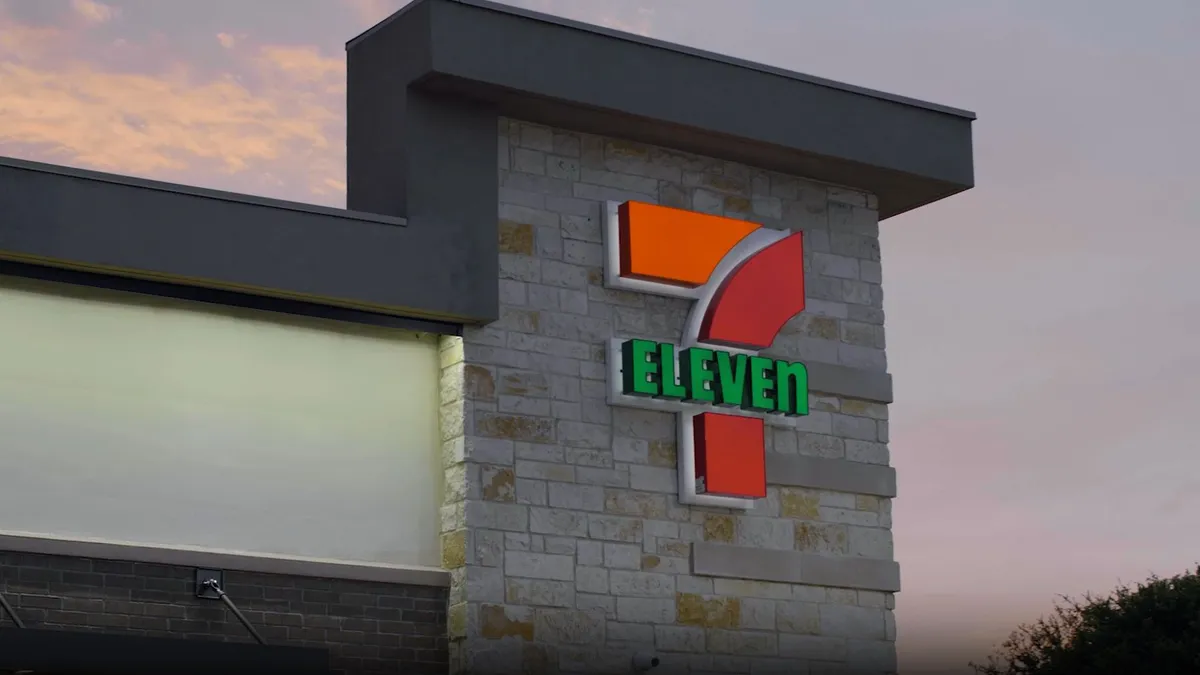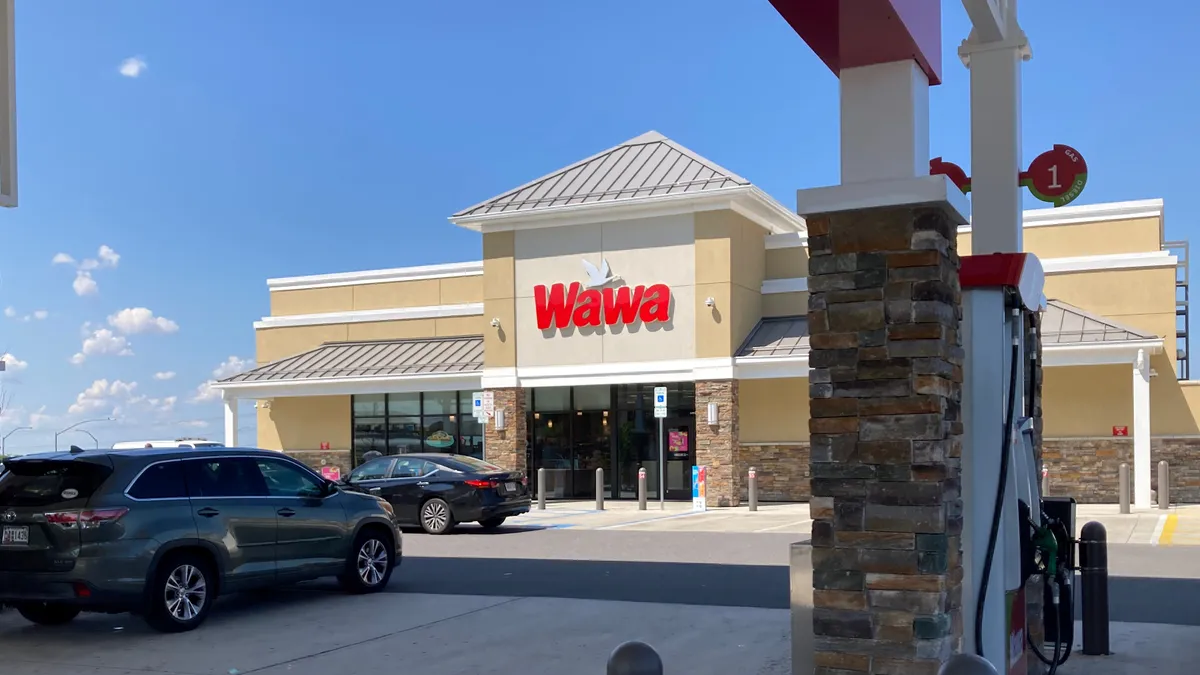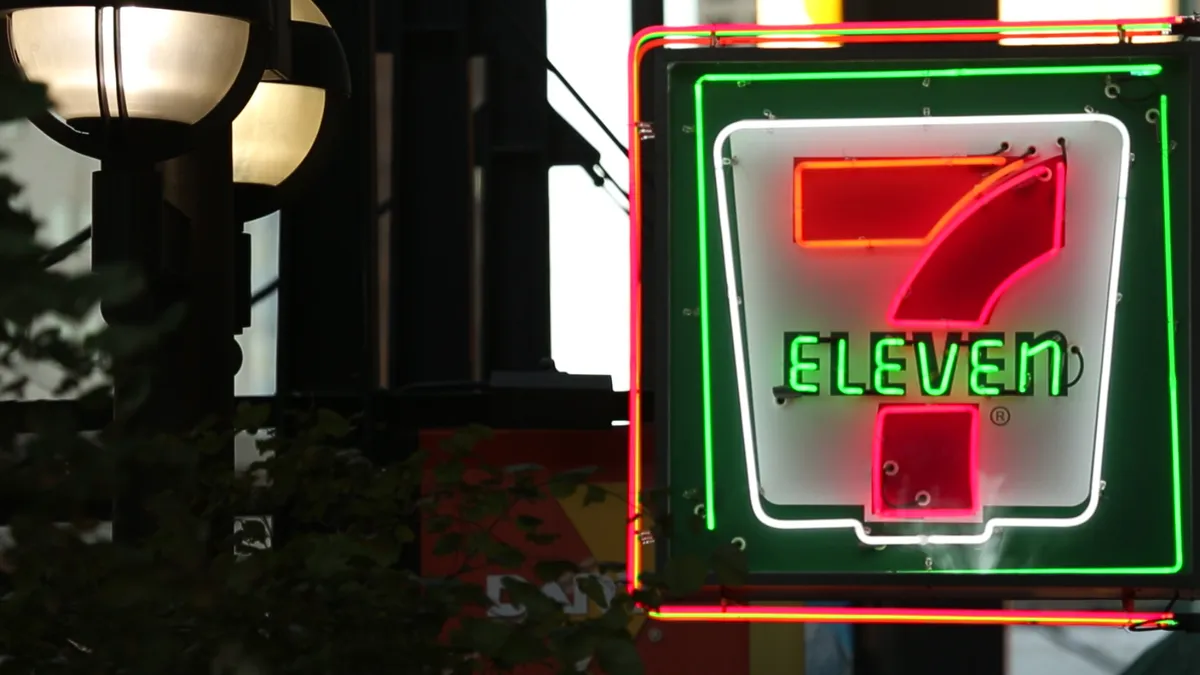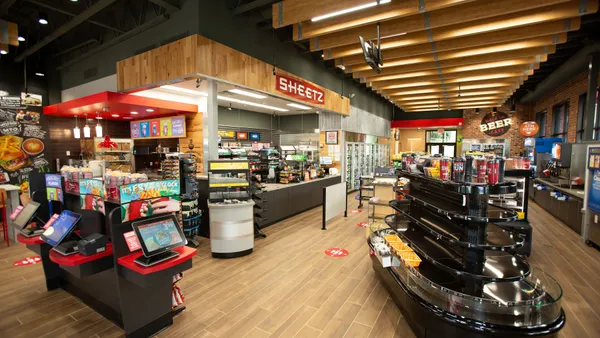Frank Beard is a longtime convenience retail enthusiast who currently works in marketing for Rovertown. His column, The Road Ahead, examines innovation in the c-store industry.
I recently rewatched “Back to the Future” and got a kick out of the gas station scene.
After Marty McFly accidentally travels back in time, Hill Valley’s gas station is the first sign that strange things are afoot. He stands there and stares, perplexed, as a team of Texaco station attendants rush toward a car like a NASCAR pit crew.
The scene works because gas stations went through such drastic changes between 1955 and 1985, but if “Back to the Future” was suddenly remade today, they’d have to cut it. The average store just didn’t change enough between 1994 and 2024. Rather, today’s stations are a more refined version of the model that emerged in the 1980s and 1990s after the convenience business merged with the fuel business.
And it’s easy to see why that’s been so resilient to change.
We live in places designed for cars, not people. It makes sense for the American convenience store to be next to a fuel canopy instead of a sidewalk. It’s also why many retailers struggle with urban convenience store concepts. Decoupling convenience from fuel is difficult — especially at scale.
I certainly don’t have all the answers, but I’ve picked up on a few things after spending a lot of time in urban convenience stores.
1. Discovery is cool, but velocity pays the bills
There have been several urban concepts launched by folks outside of this industry. These are often a gentrified take on the American convenience store, complete with trendy sans serif lettering and a higher-priced, upmarket product mix based around health and discovery.
Generally these stores fail, with Foxtrot being the most notable example. But I understand the desire to make them work. I admittedly loved Foxtrot. I enjoyed walking in and finding new, exciting products that aren’t typically available in a convenience store. Add in some avocado toast, outdoor seating and a decent wine selection, and Foxtrot was really speaking to me as a millennial.
But I always left with a sneaking suspicion that some of their products were collecting dust. I mean, come on — do you really expect people to make a regular habit of buying $15 adaptogenic mushroom chocolate bars?
Convenience stores rely on fast-moving products, and my hunch is that Foxtrot’s model was weighted too heavily towards product discovery rather than velocity. Indeed, Foxtrot may have been aware of this, as it had begun shifting towards national brands prior to their demise.
2. Don’t copy and paste what works at the gas station
But there’s also a risk on the other side of the equation.
I’ve visited several now-shuttered urban concepts from established convenience retailers, and I was always struck by how their product mix was nearly identical to what I’d find at their gas stations. One even had a shelf full of motor oil and gas cans.
It’s tempting to stick with what works, but the product mix at the average convenience store is deeply shaped by its proximity to a fuel canopy. Inside sales are to some degree a function of fuel volume, and the mass-market, everyman offer reflects the fact that the gas station is one of the few leveling places in society where everyone shops regardless of socioeconomic status.
Urban stores will likely require something different — especially in areas without a lot of foot traffic. Concepts that succeed in places like New York City might not translate well to Des Moines or Kansas City. I’m in the latter city as I write, and let’s just say the sidewalks are as empty as the opening scenes of “The Walking Dead.”
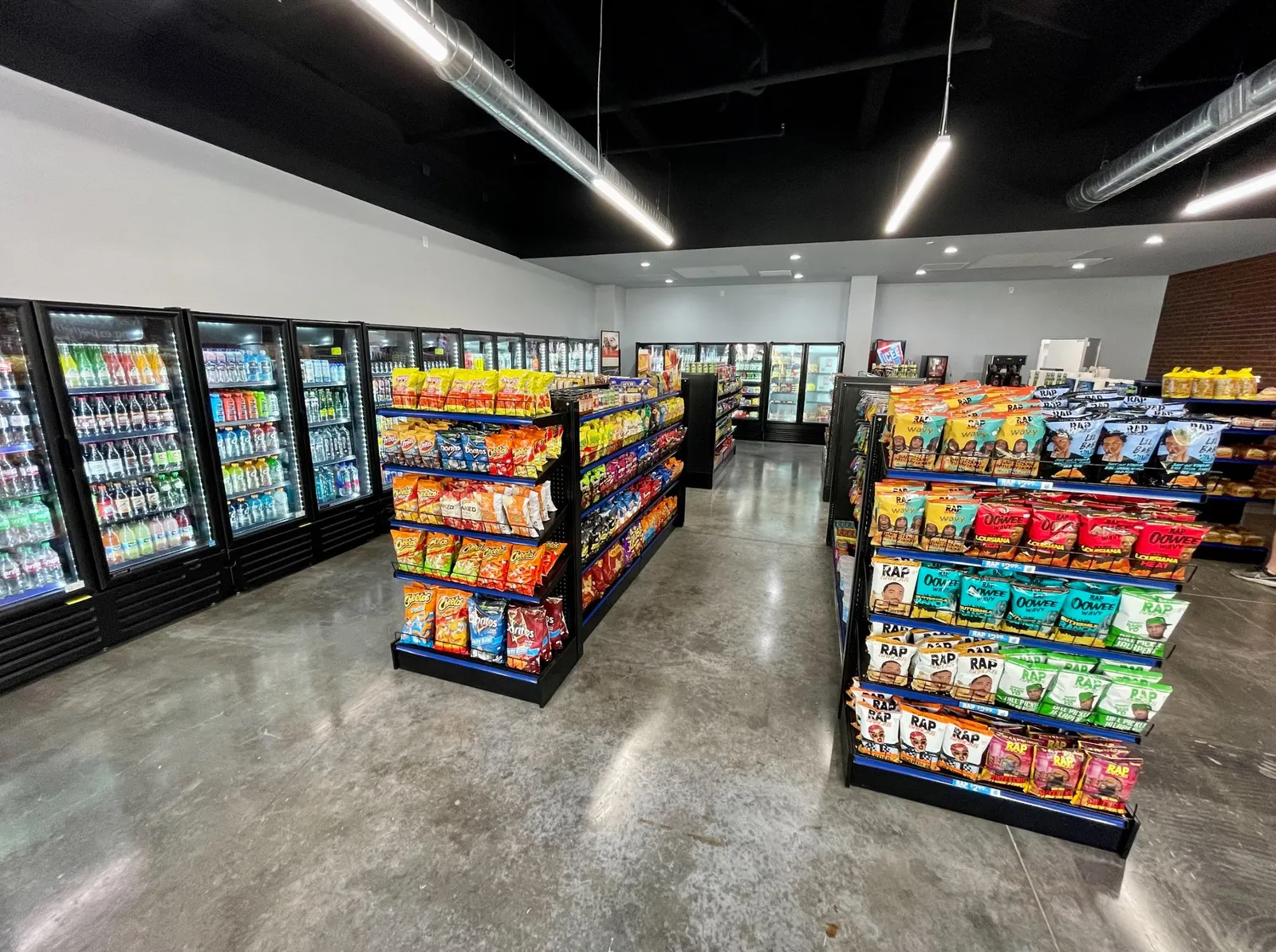
3. Urban stores don’t need to be overly upscale
The challenge is there’s no playbook for urban convenience in many of our cities, and that’s why I find it so bizarre when companies drop new concepts into large, expensive spaces in prime locations. Foxtrot often did this. I suspect they might have been more successful starting with less square footage, less seating, and cheaper real estate — not to mention a less-excessive corporate office or perhaps even no corporate office.
I thought about this recently as I visited one of Urban Value Corner Store’s newest locations in the Las Colinas community outside of Dallas. It’s not as fancy or anywhere near as large as Foxtrot’s former stores, but it’s clean, modern, inviting and contains just about anything you’d need. While they don’t stock $15 adaptogenic chocolate bars, they do have several delicious-looking frozen pizzas from Bola Pizza, a company based in nearby Austin.
It’s also positioned as an amenity for people who live nearby. The store sits at the base of a luxury apartment building, across the street from a stop on the DART Orange Line, and you can see other apartments in any direction you look.
It’s not trying to be a coffee shop or cafe, just a corner store. And I think that’s smart.
4. Third places are great, but they’re difficult to monetize
Search for Foxtrot on Reddit, and you’ll quickly notice threads about the best coffee places to work, top spots where you can work and study, and places where you can sit outside and read a book. One person even described Foxtrot as a place where they could come in at 4 p.m., get a coffee and some food, and then finish homework after 9 p.m. with a glass of wine.
In other words: Foxtrot was a third place.
As much as I loved this about Foxtrot — and let’s be clear, many of our communities lack third places — I have to wonder if it worked against them. As I’ve previously written, Starbucks pivoted away from third places and embraced their new role as a mobile ordering and drive-thru business. People hunched over laptops nursing a $3 coffee just don’t pay the bills.
Foxtrot had mobile ordering and delivery, of course. That’s where they got their start. But it seemed like they also stretched themselves in too many other directions — which brings me to my final point.
5. Know what you want to be when you grow up
Foxtrot had an identity crisis, and you can see this in the responses to their demise.
I’ve seen Foxtrot referred to as everything from a coffee shop and fast casual restaurant to a grocery store and convenience store, although someone at Foxtrot corporate once told me that they were most definitely not the latter, as that phrase was apparently too lowbrow for their sensibilities.
But this didn’t stop Foxtrot from raising a $100 million Series C and hitting the gas on expansion into new markets before figuring out their business model. And they’re not alone. Some of you may have watched Nourish + Bloom Market when they went on Shark Tank and attempted to pitch everything from smart fridges to autonomous health-focused micro markets before they even figured out how to operate their original store profitably.
It’s challenging enough for established brands with hundreds of stores to successfully launch an alternative format or two. Even they can fall victim to building what they want to be true rather than what people actually need.
For new companies, I think there’s a risk of stretching yourself in too many directions if you build for investors rather than customers.
I remember walking into one urban store that had been particularly hyped up, only to feel like I’d stepped into a McKinsey trends deck. It checked the boxes of everything we’re told that customers care about and demand — along with the enormous tech stack needed to deliver all of that — and yet it felt hastily scraped together without any clear purpose. Indeed, the store was nearly empty on a Saturday afternoon.
I get it. People have to raise money, and at a certain level you do have to tell investors what they want to hear. But at the same time, investors don’t know what your customers actually need, because there exists no definitive playbook for urban, non-fuel convenience stores in the United States.
Someone will figure this out eventually. In the meantime, watching Foxtrot 2.0 should be interesting.


